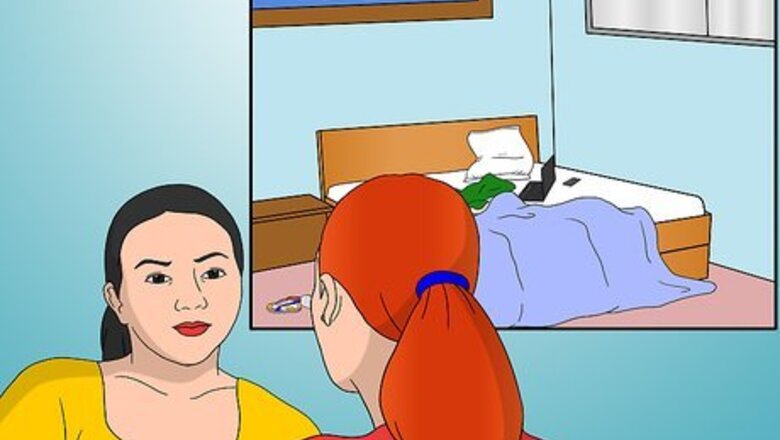
views
X
Research source
According to an article published in Australasian Psychiatry, hoarding is different from collecting because it interferes with your quality of life.[2]
X
Trustworthy Source
PubMed Central
Journal archive from the U.S. National Institutes of Health
Go to source
Hoarding may get so out of control that your home becomes no longer functional, and even potentially a health hazard. You can learn to stop hoarding by making a plan to clear out surplus items, overcoming your fears through exposure, dealing with urges that may provoke relapse, and getting help from others who understand your condition.
Clearing Out Items
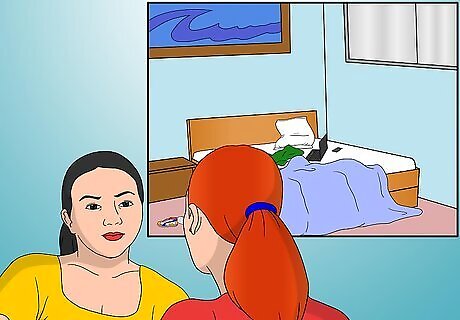
Find motivation. Overcoming an anxiety condition like hoarding requires continued commitment. So, before you make a plan to start clearing out your spaces, you first need to get really motivated about doing so. Getting motivated can help you stay consistent in your plans when the urge strikes to fall back into your old patterns. Make a list of strong reasons you want to stop hoarding, like “I want to be able to entertain guests in my home” or “I want to be able to easily find things in my living space.” Review this list regularly when you start to second-guess your decision to change.
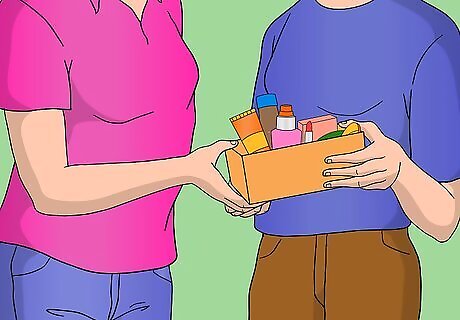
Set small, specific goals. You may get a sporadic burst of motivation and want to do it all at once, but this won't lead to lasting change. The trick to truly getting over your hoarding is taking baby steps. For example, if you have a large, expansive goal like “clean the house” it may be hard to measure when you’re actually done. In the end, your motivation may fade and you’ll be back at square one. Instead, set a small, clear goal like “Clear away three boxes.” With such a goal, it will be easy to know when you have completed it. You can also set a time-based goal, such as “I will work for one hour each day to clear clutter.”
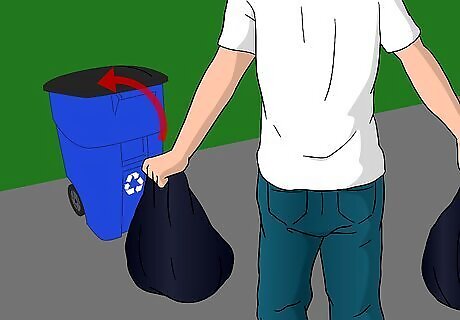
Develop a clear system for organizing items. One of the most common problems for hoarders is having difficulty organizing. Decide on how you will categorize the different items in your home, typically by item type or its desired location (e.g. kitchen, living room, etc.). In each space that you clear, decide on a few “outcome” piles, such as items to donate, sell, trash, recycle, or keep. Work on one area at a time until it is clear. Avoid moving items from one area to another. To get more organizing tips, visit https://hoardingcleanup.com/chat_room.
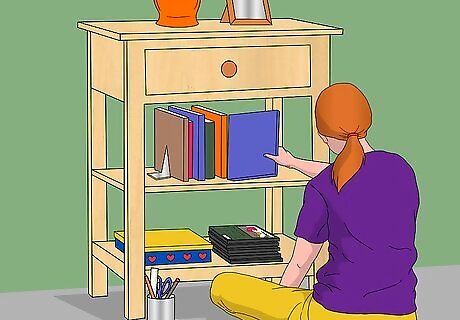
Use the OHIO principle when sorting items. As your motivation to change may wax and wane, you will need a firm system to prevent you from holding on to items you have chosen to get rid of. You can prevent this by following the OHIO principle, which means Only Handle It Once. Each item that you touch should be immediately sorted into a location and an outcome pile. That way, you can’t change your mind about it later. Also, only allow yourself 10 to 20 seconds to look at an item before deciding how to categorize it. The longer you examine it, the greater your attachment to it will be.
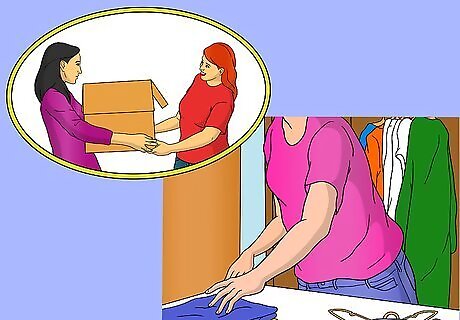
Get help from an objective third party. There are trained professionals out there that can help you overcome your hoarding and clear out your home. Having an objective professional there with you while you're clearing out your belongings can help make the process easier. They'll give you suggestions and advice, and they can help you stay motivated. For help finding professional assistance, visit https://hoardingcleanup.com/help-for-families.
Overcoming Your Fears
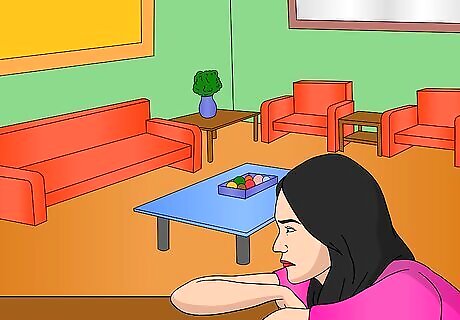
Challenge the beliefs that make you hold on to items. To stop your compulsive hoarding, you must understand the beliefs that keep you stuck. For many hoarders, beliefs fall into three categories: sentimental, instrumental, and intrinsic. Sentimental beliefs reflect a particular person or part of your life. Instrumental beliefs pertain to the practicality of the item and its future use. Intrinsic beliefs relate to the item's beauty or aesthetic value—in other words, you like looking at it. When you recognize these beliefs guiding your behavior, try to challenge them. For instance, you might buy too many cleaning supplies because you catch them on sale. You might say, “Even though these items were on sale, I can only use one container at a time. Therefore, I do not need three extra bottles of cleaner.”
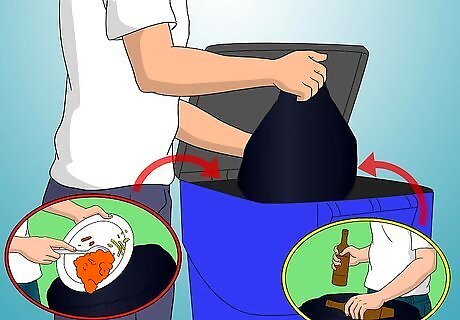
Clear out items starting from easiest to most difficult on the fear scale. Exposure to your fears is the only way to overcome them. However, it can be overwhelming to deal with your greatest fears first. Instead, climb the fear ladder by addressing the easiest fears first. Then, slowly climb up to more difficult fears. To climb the fear ladder, make a list of everything you need to get rid of. Rank the items on a scale of 1 to 10, with 1 representing easier items. Get rid of the easier items first. For example, you may be able to get rid of surplus items easier than you can items that hold sentimental value.
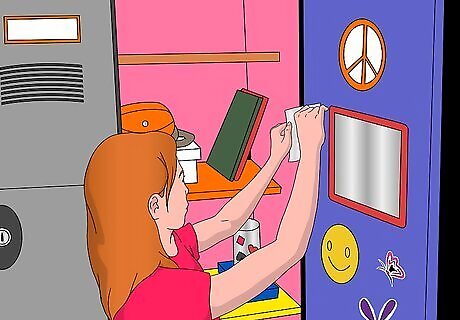
Don’t distract or avoid. You may be tempted to multi-task while clearing out, or avoid the reality of what you’re doing by preoccupying yourself with other activities. Doing this won’t help you to fully engage with the process of clearing out. As a result, you won’t really have addressed your irrational beliefs and overcome fear. Only focus on one task at a time. Minimize distractions like telephones, TVs, and music players. It might help if you set a time limit for yourself. For example, you could say you're going to work on clearing out your stuff for one hour and then take a break.
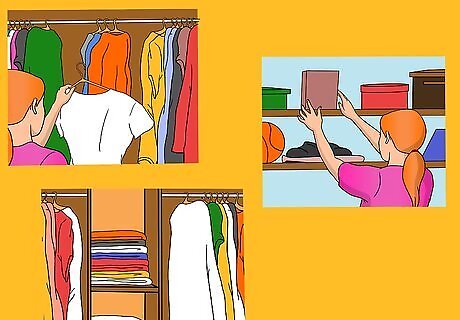
Track your progress. As you slowly move throughout your home, keep track of the progress you’ve made and whether your fears are decreasing with time. Doing this can help you gain more confidence to deal with the remainder of your home. ”Before and after” photos are a great way to show your progress as you clear out each space. You might relapse at some point. Know that a setback doesn’t have to define you. If it happens, quickly develop a plan to get back on track.
Dealing with Urges
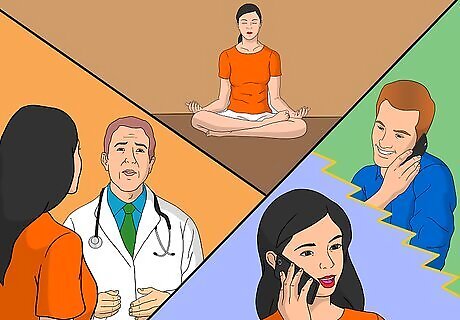
Create an anxiety toolbox. Getting rid of your possessions may bring up a lot of anxiety. Instead of holding on to items or bringing more items into the home, you can cope with this anxiety in healthier ways. Choose three to five techniques that work for you and do them regularly to keep anxiety in check. You might try deep breathing, meditation, progressive muscle relaxation, guided imagery, yoga, or listening to soothing music to help you get control of anxiety.
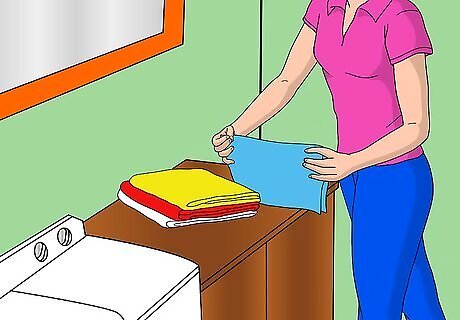
Implement new systems to control clutter. You can prevent a relapse of hoarding by practicing your new skills regularly. Don’t wait until clutter gets out of control. Instead, implement systems for how you handle everything from sorting mail to buying new clothes. A professional organizer can help you come up with ways to control clutter. For instance, for every item you buy, you might make a rule to get rid of one item already in your home. You might sort your mail immediately by tossing it or filing it rather than letting it pile up. Also, you might set a timer each day to throw out trash or box unwanted items for donation.
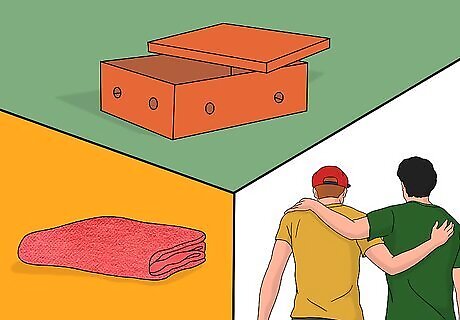
Seek accountability. Family and friends can be a great source of encouragement as you attempt to control your hoarding problem. Let your loved ones know how they can help you stop hoarding. They may remind you of the reasons you wanted to stop hoarding and comfort you as you get rid of sentimental items. In addition, you might ask loved ones to go through a set of questions to help you challenge your beliefs about various items. This may sound like “Why are you holding on to this? Does it serve a purpose?” Your answers may help you decide whether to toss or keep an item.
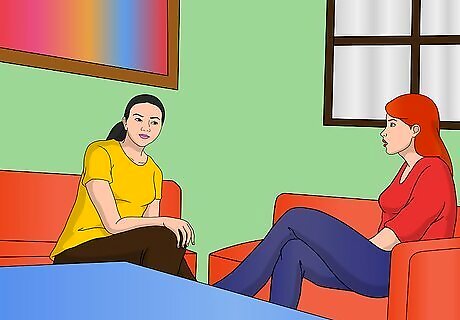
Host regular gatherings. One of the most effective ways to get your hoarding under control is by opening your home to guests more often. If you know that someone is due to visit every Sunday, you are less likely to let clutter get out of control. Invite friends and family over for a Saturday potluck or Friday game night until you feel like you have gotten control of your hoarding for good.
Getting Help

Find a specialist. Stopping hoarding on your own can be quite challenging. It can help to seek out the services of a professional who has experience helping people with your condition. Typically, hoarding is treated by educating families about the condition and by offering therapy to the individual or the family as a whole. Therapeutic treatments for hoarding may include helping you develop better decision-making skills, challenging irrational beliefs with cognitive behavioral therapy, addressing your fears with exposure therapy and boosting your motivation for sticking with your new skills.

Decide if medication is right for you. Working with an experienced mental health provider can help you make sure you are dealing with the underlying problem as well as the symptom (i.e. hoarding). Although medications are generally not a recognized treatment for hoarding, they may be useful to control underlying conditions such as depression or anxiety. Antidepressant medications known as selective serotonin reuptake inhibitors (SSRIs) are typically the first choice in treating depression and anxiety symptoms.
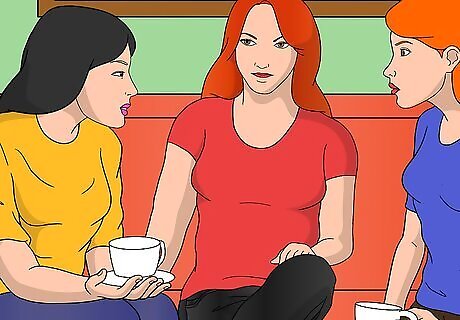
Get support. Sharing your experiences with other people who hoard may help you feel less alone in this process. Plus, talking to other individuals and their families can help you learn different coping strategies for dealing with anxiety and various systems for controlling clutter. Talk to your mental health provider to find out if there are specific groups in your area dedicated to hoarding. You might also join an online support group, such as Clutterers Anonymous or Messies Anonymous. Other supportive resources are the International OCD Foundation Hoarding Center and ChildrenofHoarders.com.

















Comments
0 comment